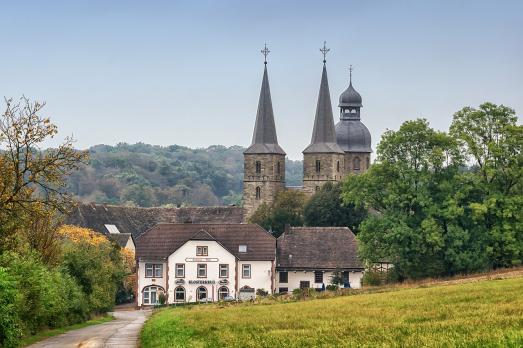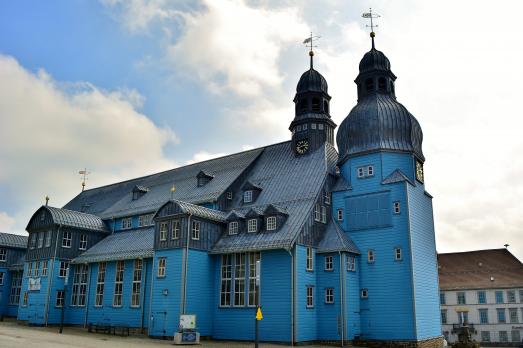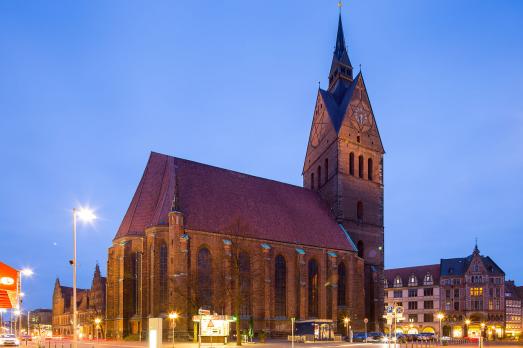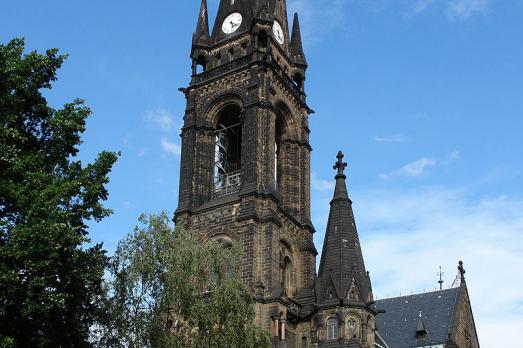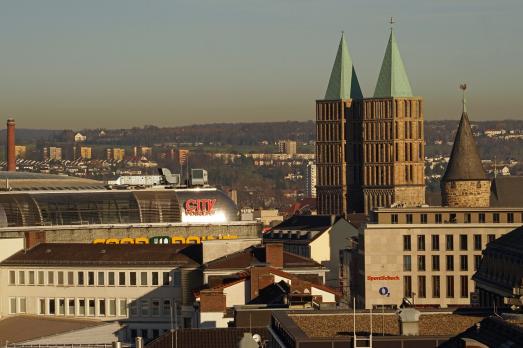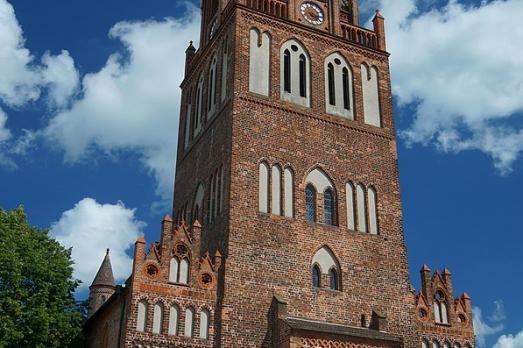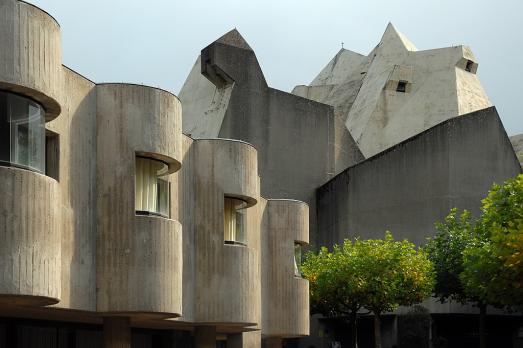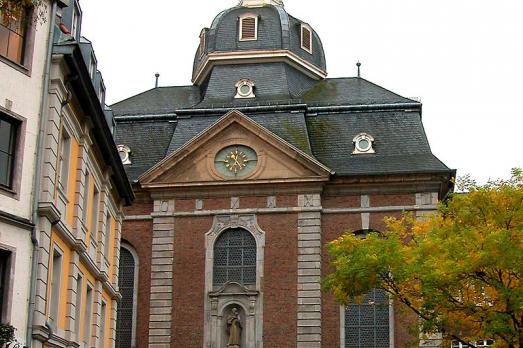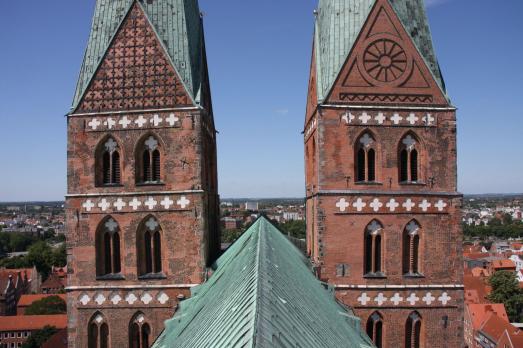
Marienkirche
Lübeck, DE
The Marienkirche (officially St. Marien zu Lübeck) was built from 1277 to 1351. The building was a symbol of the economic and political power of this city then at the head of the powerful Hanseatic League. As part of the old town of Lübeck, the church is a UNESCO World Heritage Site. Saint Mary is widely considered as the "mother church of Gothic brick".
